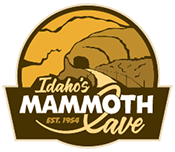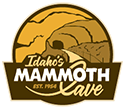Idaho’s Mammoth Cave: A Subterranean Wonder
Nestled eight miles north of Shoshone on Highway 75, Idaho’s Mammoth Cave is one of the largest volcanic lava tubes open to the public in the United States. This vast volcanic lava tube, accessible to adventurers and explorers, offers a glimpse into the subterranean marvels that lie beneath the earth’s surface. Among the most beautiful places to visit in Idaho, visitors embark on a self-guided tour through its cool, dark underground landscape.
Origins of Wonder
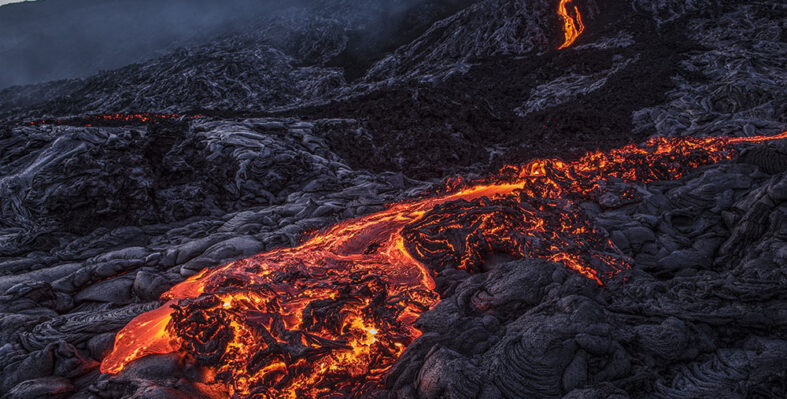
The story of Idaho’s Mammoth Cave begins with the earth’s fiery breath, a tale of volcanic eruptions that sculpted the landscape millions of years ago. As rivers of molten lava flowed and cooled, they left behind a hollow, winding tube beneath the surface – a creation of natural artistry that would come to be known as Idaho’s Mammoth Cave. This process of creation, a dramatic showcase of nature’s capability to destroy and create, provides the backdrop for one of Idaho’s most enchanting natural attractions.
A Natural Gallery
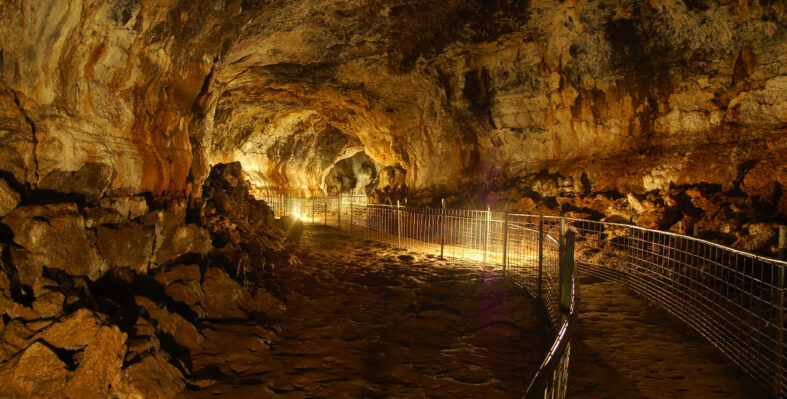
Venturing into the cool, echoing darkness of Idaho’s Mammoth Cave, visitors find themselves enveloped in an underground gallery. The cave walls, covered with ancient cyanobacteria, shine with an ethereal silver glow, creating a striking contrast against the enveloping darkness. This living artwork, alongside the rich palette of mineral deposits that streak the cavern in vibrant golds, oranges, and reds, transforms the cave into a spectacle of natural beauty. Each turn and crevice of the cave reveals a new marvel, making every visit an exploration of visual wonder.
Discovery & Exploration

The discovery of Idaho’s Mammoth Cave is as much a part of its allure as the cave itself. First discovered by early sheepherders in 1902 who etched their names on the walls with their charcoal torches, the cave’s true potential was unveiled by Richard Arthur Olsen in 1954. His encounter, driven by curiosity and a profound love for the natural world, led to the cave becoming a cherished landmark. Olsen’s subsequent efforts to share this wonder with the world, through the establishment of the Shoshone Bird Museum of Natural History, added depth to the cave’s story, enriching its allure with a collection of natural wonders and artifacts that span the globe.
The Legacy of Richard Arthur Olsen

Beside Idaho’s Mammoth Cave, the museum’s founded by Richard Arthur Olsen stand as a tribute to his life’s passion. Known as “The Smithsonian of the Desert,” these museums house an extensive collection that mirrors the diversity and beauty of the natural world.
From meticulously mounted birds to fossils that whisper of ancient epochs, and cultural artifacts that tell the stories of civilizations long gone, the museum’s offer a panoramic view of our planet’s rich history. This collection not only complements the cave’s natural splendor but also serves as a source of inspiration and education for all who visit.
The legacy of Richard Arthur Olsen and his dream of sharing Idaho’s Mammoth Cave with the world continue to inspire. The museum’s that compliment the cave serve not only as a testament to his passion but also as a commitment to preserving this natural wonder for future generations. They remind us of the importance of curiosity, the value of preserving our natural and cultural heritage, and the power of sharing knowledge.
A Cold War Relic Turned Tourist Attraction
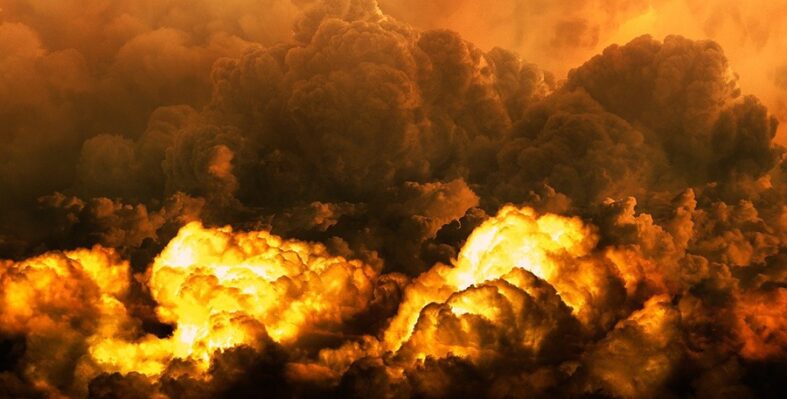
During the tense years of the Cold War, Idaho’s Mammoth Cave was identified as a potential nuclear fallout shelter. This chapter of its history adds a layer of intrigue, highlighting the cave’s significance beyond its geological and aesthetic values. The preparations made to transform it into a safe haven in the event of nuclear fallout underscore the cave’s importance as a shelter, not just for ancient peoples and wildlife but for modern civilization as well.
Visiting Idaho’s Mammoth Cave
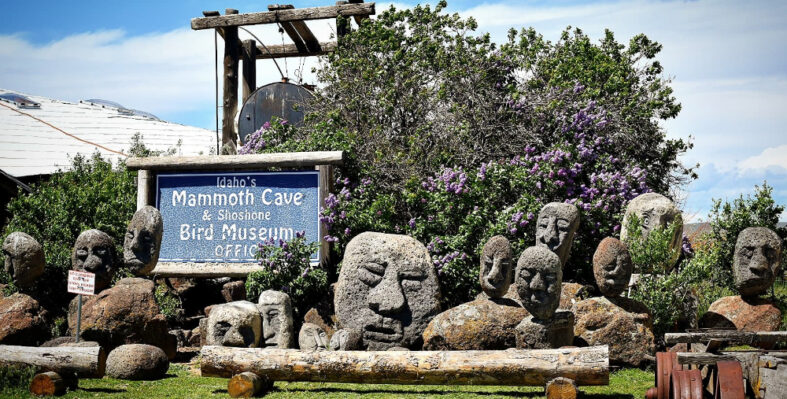
Today, Idaho’s Mammoth Cave invites visitors on a journey through time and nature. A self-guided tour leads through a quarter mile stretch of the cave, where LED lanterns light the way, revealing the cave’s grandeur and the timeless beauty of its natural beauty. The constant 40 degree temperature inside offers a refreshing escape from the desert heat, making the cave a year-round destination for exploration and discovery.
A Testament to Nature’s Majesty
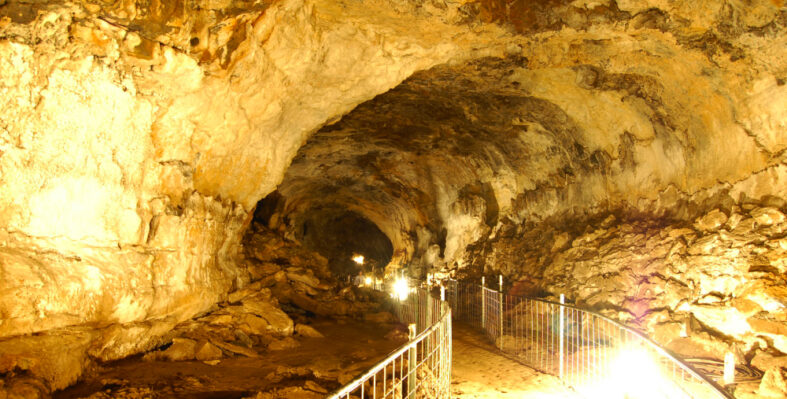
Idaho’s Mammoth Cave is more than just an underground marvel; it is a vibrant testament to the majesty of the natural world. Its beauty lies not only in its geological formations and the unique life forms it hosts but also in its history and the stories of those who have walked its darkened paths. It serves as a reminder of our planet’s dynamic history, the enduring power of exploration, and the deep human connection to the natural world.
As one of the most beautiful places to visit in Idaho, Idaho’s Mammoth Cave attracts nature lovers, history enthusiasts, and explorers from across the globe. Its beauty and mystery offer an unparalleled experience, a journey into the heart of the earth that resonates with the spirit of adventure that defines the human experience. In the quiet, otherworldly beauty of Idaho’s Mammoth Cave, visitors find a connection to the past, a sense of wonder, and a deep appreciation for the natural world.
An Invitation to Discover
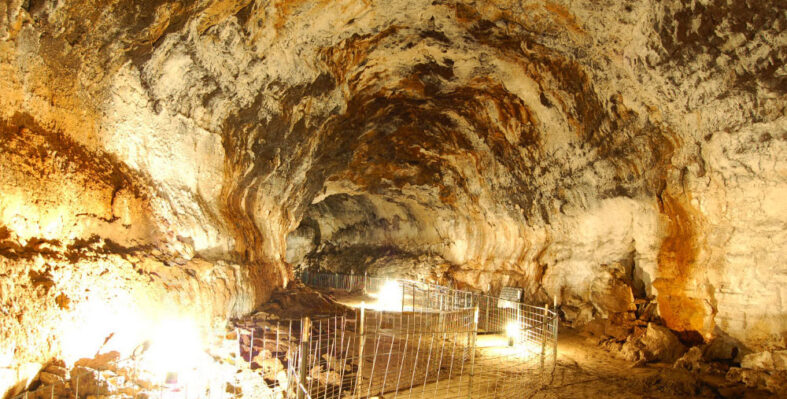
Idaho’s Mammoth Cave remains a beacon of natural beauty and a source of inspiration. It invites all who enter to embark on a journey of discovery, to explore the depths of the earth and the heights of human curiosity. In the cool, silent chambers of Mammoth Cave, amid the silver-glowing walls and vibrant mineral streaks, lies an invitation to connect with the earth’s ancient past and to marvel at the beauty that lies hidden just beneath the surface. As one of Idaho’s treasured natural wonders, Mammoth Cave stands as a must-see destination, a place where the mysteries of the natural world unfold and the spirit of exploration comes alive.
Fun Facts About Idaho’s Mammoth Cave
- Idaho’s Mammoth Cave is one of the largest volcanic caves in the world open to the public in the United States.
- With an established trail and lanterns provided, you can explore the cave at your own personal pace with self-guided tours.
- The cave was formed by a violent volcanic eruption that filled the valley with lava estimated to have been 600 feet deep, leaving behind a hollow tube.
- Native Americans used the cave for centuries for shelter and a place to preserve their food in the cool temperatures.
- The bones of many different bears, including the huge short-faced bear, along with camels, buffalo, and little horses, have been found within its dirt floor.
- Sheepherders stumbled upon the cave in 1902 and left their names written on the walls before Richard Arthur Olsen rediscovered it on accident while bobcat hunting in the area.
- Idaho’s Mammoth Cave is among only a few caves in the world with growth on the walls called cyanobacteria, which are ancient living organisms that date back almost four billion years to a time when the Earth’s climate was vastly different.
- In addition to the cave, there are two museums of natural history on-site that contain an amazing array of fossils, rocks, gemstones, animals, and cultural artifacts from around the world, earning the nickname “The Smithsonian of the Desert.”
Idaho’s Mammoth Cave
Planning a trip to Idaho? Don’t forget to put Idaho’s Mammoth Cave at the top of your list. As one of the most beautiful places to visit in Idaho, you can explore a unique and awe-inspiring underground landscape at your own personal pace with our self-guided tours. In addition to the cave, there are two privately owned museums of natural history on-site, the Shoshone Bird Museum and the Richard Arthur Olsen Museum featuring a wealth of exhibits that has earned them nickname “The Smithsonian of the Desert,” making it an unforgettable stop for the whole family.
Located eight miles north of Shoshone, Idaho, on Highway 75, Idaho’s Mammoth Cave will be open for seasonal tours from May – October, from 10 a.m. to 6 p.m., 7 days a week, including all major holidays. For more information, visit idahosmammothcave.com or call (208) 329-5382.
